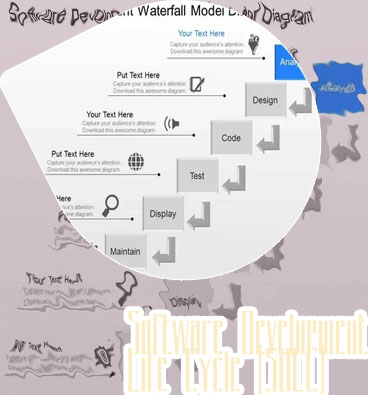
Waterfall development
Testing
The classic waterfall model is also referred to as Linear-Sequential Life Cycle Model. This means the whole software is developed in a linear sequence means one phase to another face sequence-wise. This model is also referred to as a strict waterfall model because all the phases are strictly followed like a waterfall. Waterfall system development The rigid structure of Waterfall did not permit any changes in the late stage of the software, and this created problems as developers can make several significant improvements at any stage. So several groups worldwide started experimenting with various software models, including scrum, extreme programming, pragmatic programming, and crystal. And finally, in 2001, the representatives of these models signed an 'Agile Manifesto' containing 4 values and 12 principles. These principles ensured software development was fast and prioritized working software over comprehensive documentation.
Waterfall development process
Milestones are what separates major phases in a waterfall method project. Waterfall methodology is all about structure and moving from one phase to the next, so breaking your project into milestones is key to the waterfall method. Consumer Survey Application Compared to other SDLC methodologies, waterfall’s approach is very methodical. This should not come as a surprise, considering that the method focuses on a clear transfer of information in every step. When used in software development, each new step includes a new group of people. While that might not be the case in all companies, the information should still be documented throughout the lifecycle of the product.
Waterfall vs RAD: Which Is Better?
With Easy Redmine’s Scrum and Kanban tools, you can develop a hybrid model where the project starts with a Waterfall approach to get to an approved design, then adopts Agile to improve it. The Five Phases of Waterfall Project Management: Its Advantages and Disadvantages Choose Agile, not Waterfall, when developers and stakeholders can easily exchange feedback and be transparent about the development process.
